Container homes are an innovative housing solution that has risen in popularity due to their affordability and apparent sustainability. Constructed from the same steel shipping containers used in the transport of goods worldwide, these homes are valued for both their economic and environmental potential. They offer a unique aesthetic appeal and can be customized to various living spaces, ranging from simple, small abodes to larger, more complex structures.
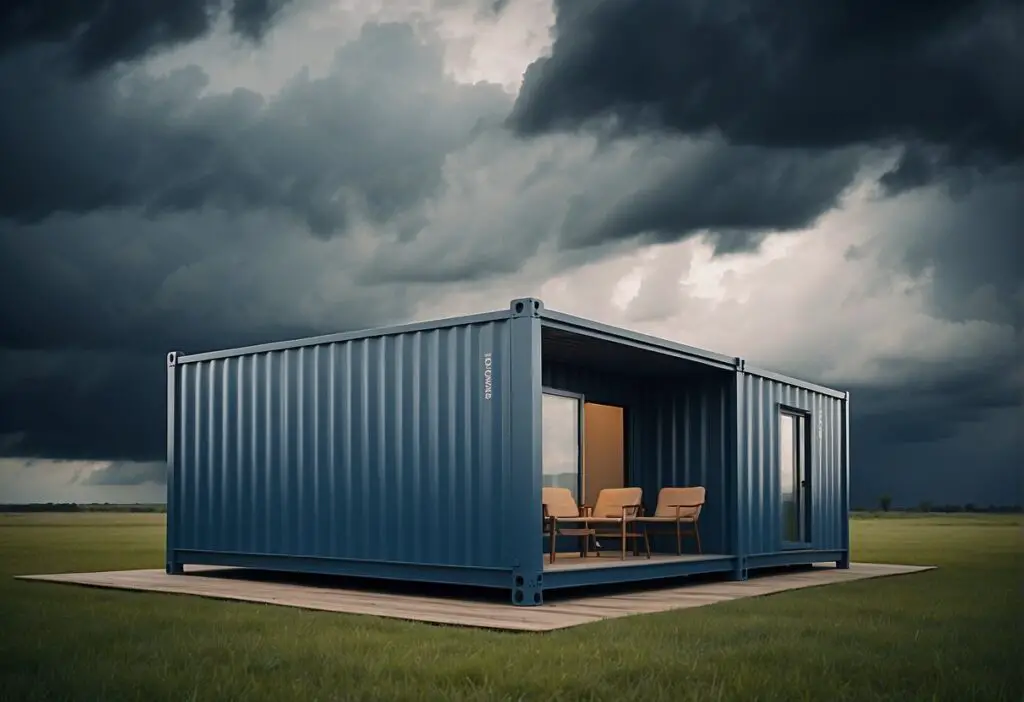
The strength of a shipping container home is one of its foremost benefits. These containers are designed to endure heavy loads, harsh weather conditions, and long sea voyages, which inherently makes them robust and durable. The intrinsic sturdiness of shipping containers translates to a formidable resistance against external stresses when repurposed into homes.
However, the question of strength is not only about the physical endurance of the container but also revolves around the design and execution of the container home itself. Conversion of these steel boxes into habitable spaces requires cutting and welding, which can affect their structural integrity if not done correctly. Residents and designers must ensure that any alterations preserve the toughness, stability, and longevity of these structures, so they remain safe and dependable for long-term habitation.
Design and Customization
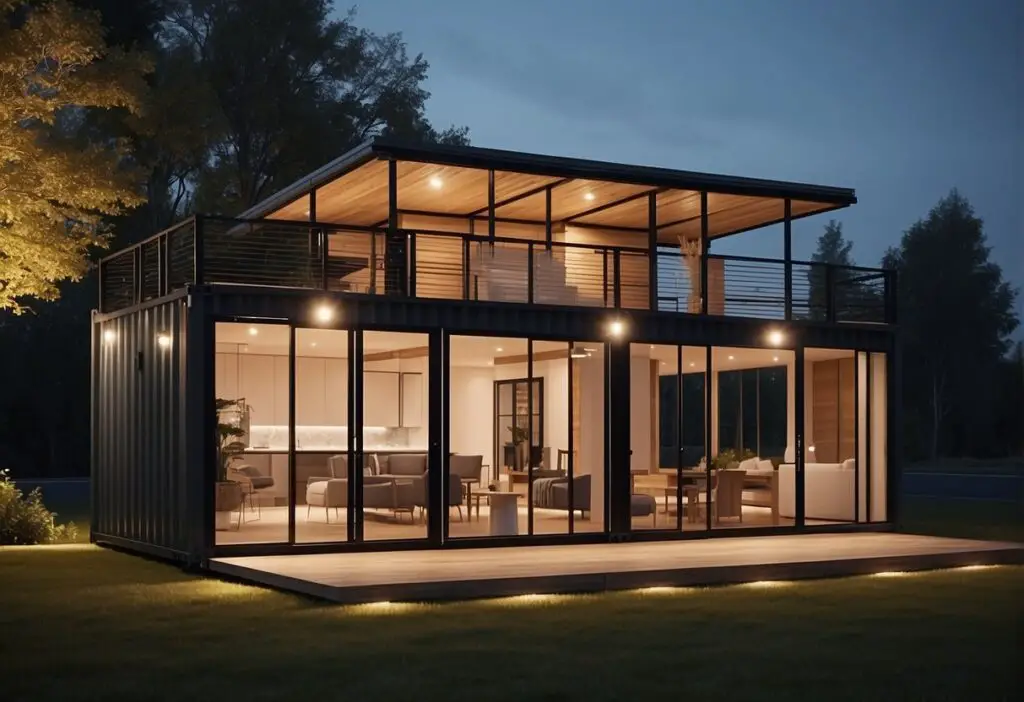
Container homes provide a versatile foundation for robust architectural design and extensive customization. They are especially appealing to architects who specialize in container architecture, offering a unique blend of strength and modularity.
Architectural Design
Container homes lean on the inherent structural integrity of shipping containers, which can be configured into virtually any layout an architect conceives. With consideration towards the placement of windows and doors, natural light can be maximized, and functionality is at the heart of design choices. Architects often emphasize the importance of a thoughtful floor plan to maintain structural strength while customizing to client preferences.
Custom Features
The customization potential of container homes goes beyond mere layout alterations. Homeowners can opt for various custom features, such as energy-efficient windows, sliding doors, and innovative storage options. The steel frame of containers allows for a high degree of customizability, including the addition of multiple floors or terraced designs. High cube shipping containers, typically offering more vertical space, provide further room for customization in both design and functionality.
Construction and Strength
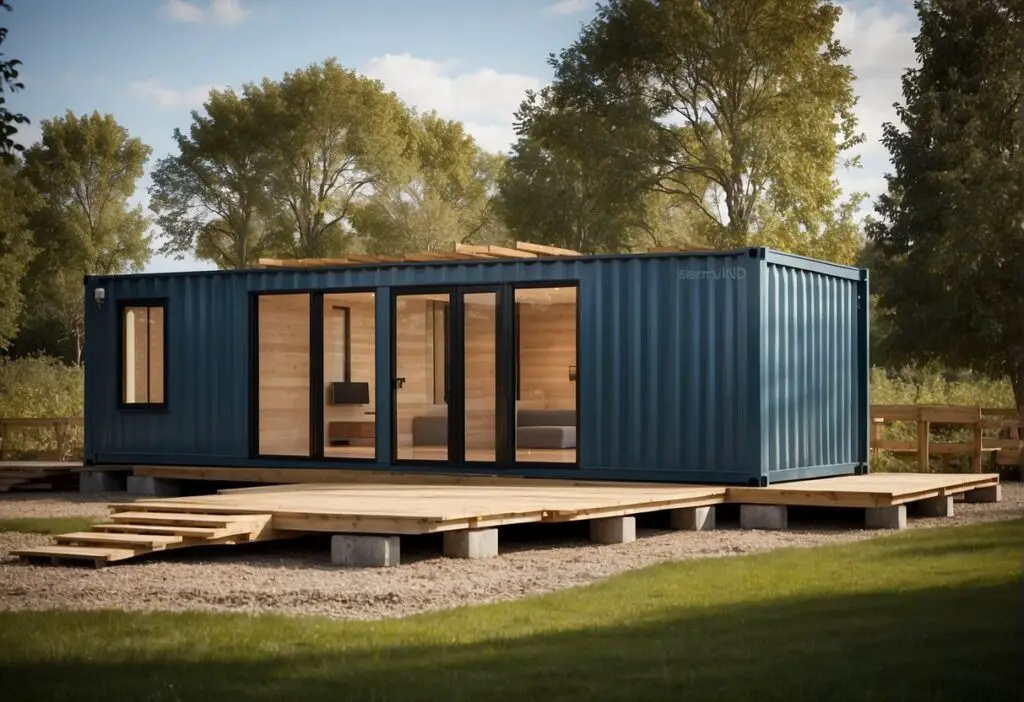
Container homes offer a unique blend of strength and sustainability, as their core construction material—steel—bestows a robustness that is often acknowledged by engineers. The consideration for building codes and the challenge of corrosion are aspects meticulously addressed during the construction process.
Building Materials
The primary material used for container homes is high-grade steel, which stands out for its durability and strength. These steel containers are initially designed to withstand harsh marine environments, which makes them resistant to corrosion, especially when properly maintained with the correct type of paint. The sustainable aspect of upcycling used containers further adds to the ecological appeal of such constructions, minimizing waste by repurposing materials that are abundantly available and often considered surplus.
Structural Integrity
The structural integrity of container homes revolves around the innate structural strength provided by the metal walls, which are engineered to be stacked during shipping operations. This stacking capability indicates the substantial load-bearing capacity of containers. Additionally, modifications made by specialists often incorporate reinforcements that comply with stringent building codes, thus ensuring that the lifespan of these homes is not compromised. Regular inspections and maintenance are imperative to mitigate any potential risk of corrosion over time, securing the strong and resilient nature of container homes.
Sustainability and Efficiency
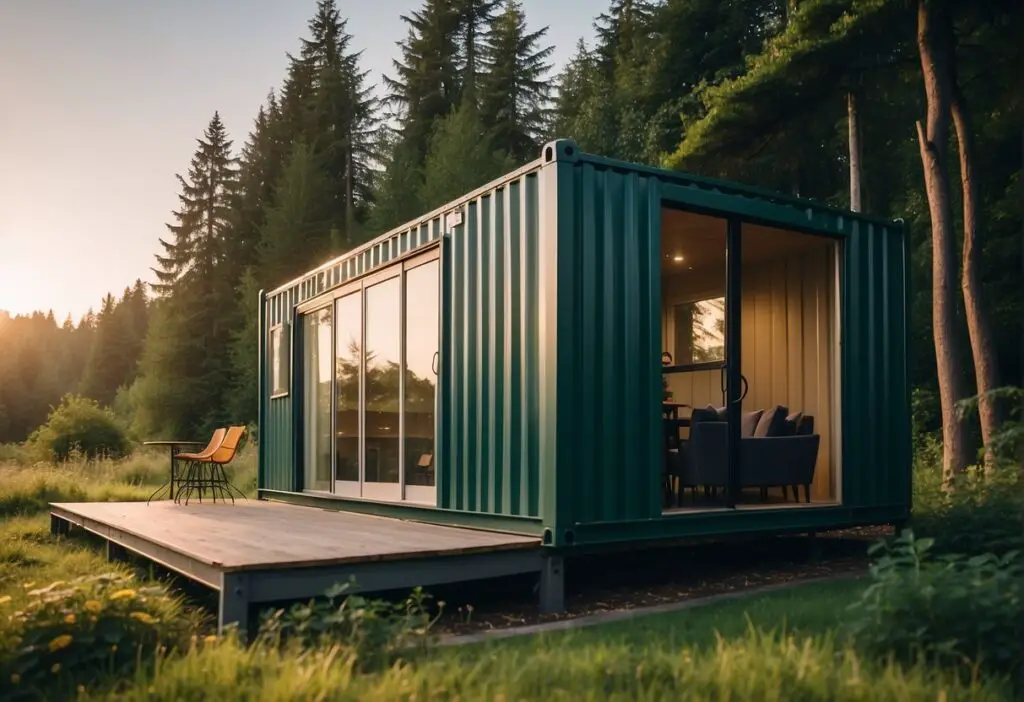
Container homes are recognized for their sustainability and energy efficiency, utilizing robust upcycling principles to transform shipping containers into living spaces. They offer a unique approach to affordable housing that resonates with eco-conscious builders and dwellers alike.
Eco-Friendly Aspects
Container homes symbolize a significant stride in eco-friendly construction. Re-purposement of shipping containers serves as a large-scale example of upcycling, mitigating the manufacture of new building materials and reducing the carbon footprint associated with traditional construction. Many container homes are also considered prefabricated modular homes, which are built in a controlled factory environment, further lessening ecological impacts as they typically generate less waste compared to on-site construction processes.
Insulation and Energy
The insulation and energy efficiency of container homes are paramount for their viability as comfortable living spaces. Properly insulated, they can retain heat and maintain coolness, which is essential for energy conservation. The use of energy-efficient windows, HVAC systems, and appliances contributes to reducing energy consumption. Insulation materials often include foam spray or panel insulation to counteract the inherent conductive properties of metal and ensure the home’s interior temperature is stable and efficient.
Legal and Practical Considerations
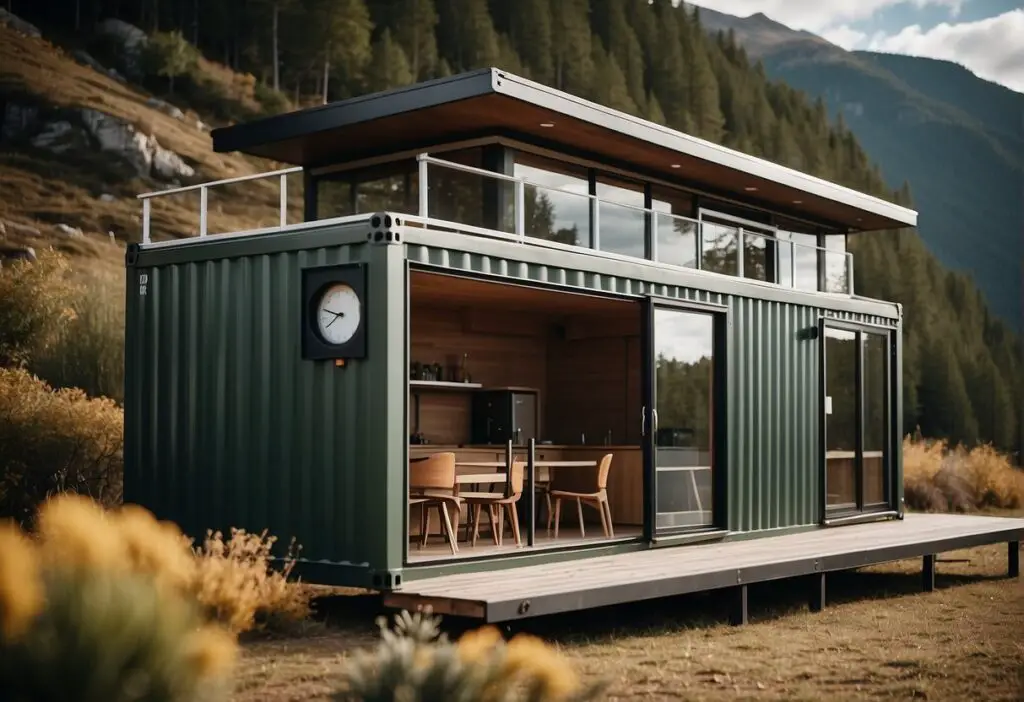
When considering the construction of a container home, it’s crucial to address the legal scaffold that ensures compliance with local regulations, as well as the practical aspects that contribute to the long-term viability of the structure.
Permits and Regulations
Container homes require proper permits to be in accordance with local building codes. Prospective builders must consult with professionals such as a certified contractor or architect who is versed in navigating the complexities associated with obtaining the necessary permits. These regulations often dictate critical aspects of the build, including foundation requirements, ventilation systems, and roofing specifications to ensure safety and structural integrity.
- Foundation: Crucial for stability, must adhere to local codes.
- Ventilation: Essential for air quality, tailored to standard size containers.
- Roofing and Sealing: Proper installation prevents moisture infiltration.
Maintenance and Upkeep
After the home is constructed, maintenance and upkeep are paramount for ensuring that the repurposed shipping containers remain habitable and durable. It involves regular checks and repairs of the utility connections, sealing around windows and doors, and ensuring proper ventilation. Homeowners should establish a relationship with reputable builders or maintenance experts who specialize in alternative housing solutions and understand the nuances of container homes.
- Utility Connections: Regular inspections for safety and functionality.
- Sealing: Frequent examination to maintain integrity against the elements.
- Alternative Solutions: Consideration of non-standard maintenance required for container homes.

Awesome, succinct summary of container house building and living.